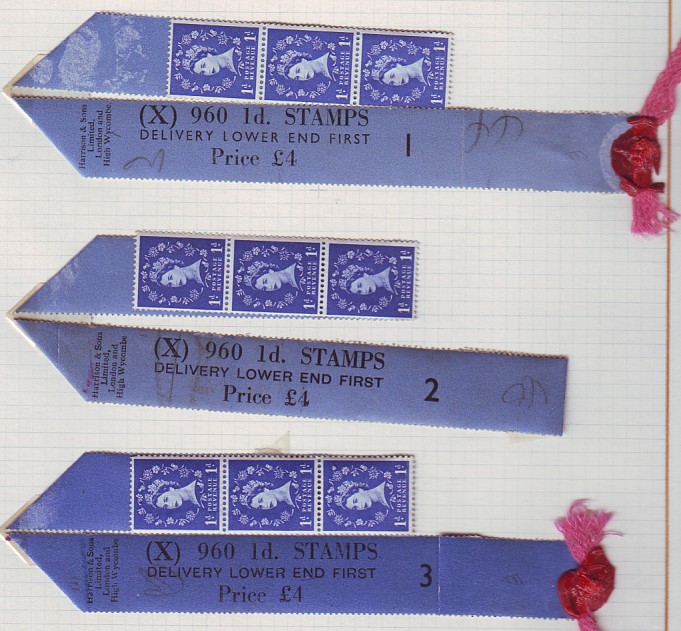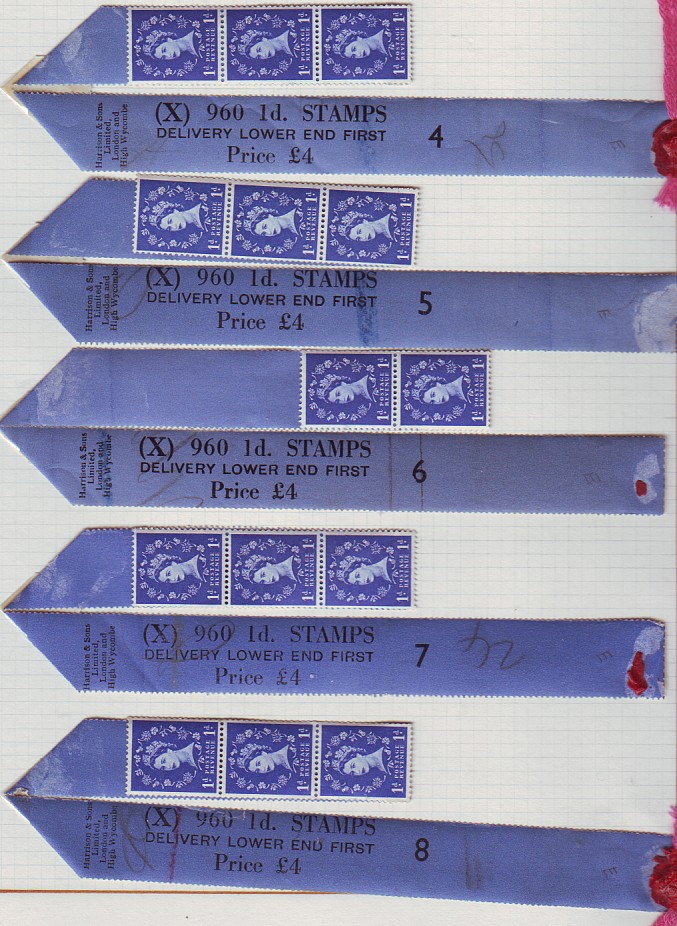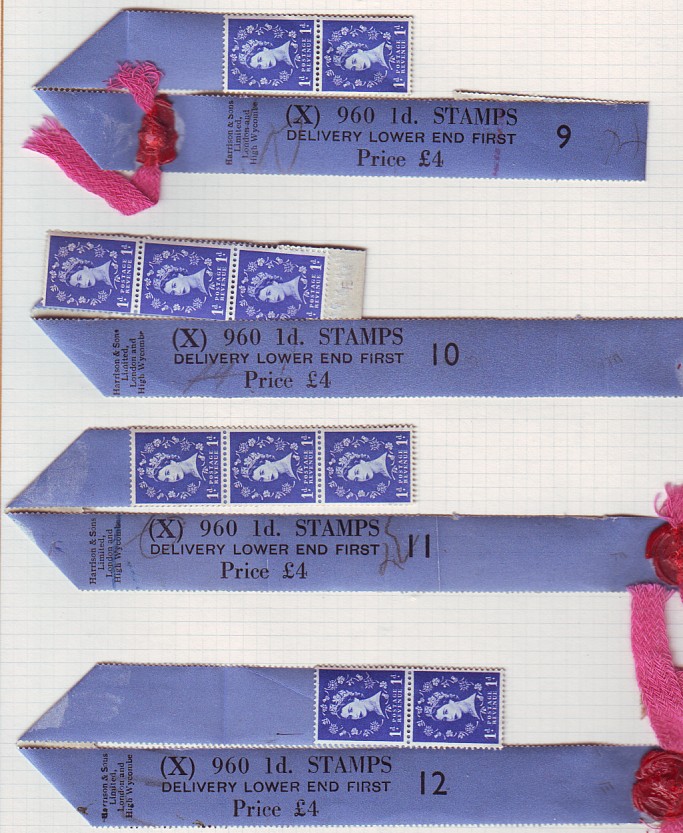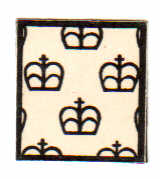Another example of Royal Mail responding to customers demands is that of stamps produced in coils for sale from machines. Coil stamps have been issued for sale to the public since 1912, but the Elizabethan Wilding definitive stamps which were used for coils were ½, 1d, 1½d, 2d. 2½ 3d, 4d, and 6d.
In these values, all the different types, (that is watermark, graphite lines and phosphor) were also produced in coils for delivery by machines.
The most surprising coil is that which was issued for the 1957 Scouts Jamboree, as all three values were produced in coils and they were double sized stamps, so the production was different from all the others. We have another section on our site devoted to booklets and coils for general information which gives more details about this issue. This link will take you there.
click here.
Our reference book Stamps of Great Britain Issued in Rolls and the Machines which use them
An Historical Survey including a check list of the rolls issued since 1938
By C.M. Langston and H.C. Corless, M.B.E. lists the roll type, number of stamps, value of the roll, printer etc. in amazing detail.
The coil leaders are an interesting sideline, and we have a set of coil leaders for the 1d value from rows 1 to 12



The coil ends are not of much interest in themselves, but if you find a stamp with the end still attached, it shows that it would have been from a coil and not a sheet or a booklet. It would also show if the stamp came from a roll which was issued from the machine sideways or upright, which helps identification. This example obviously shows a stamp issued upright from the machine.

The stamp attached to the leader at the top of this page is joined at the side, for use in a sideways delivery machine
For the next page in this sequence, click on one of the titles listed below. Click on the back arrow in the top toolbar to return to the previous page.

